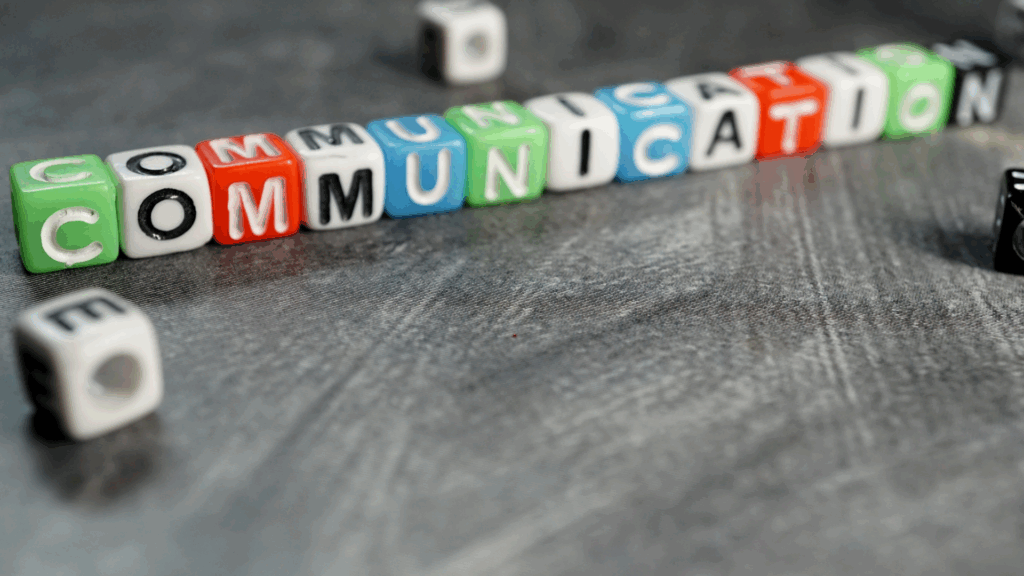
Corporate communication: Achieve more consistency for greater impact!
Marketing
Posted 09 Oct 2025
‘Corporate communications’ is a commonly used term, but many people struggle to define its exact components and advantages. Certain terms will certainly come to mind for most people, such as press relations, social media, and brand image. However, these do not constitute a comprehensive evaluation of corporate communication and its associated connections and techniques. This makes it all the more important to ask: what is corporate communication? What challenges shape it? Why is it worth addressing the topic? And what does successful corporate communication actually look like?
Firstly, a clear definition can help answer these questions. Corporate communications encompasses all the ways in which a company communicates with its internal and external target groups. This includes traditional press and media relations, social media activities, event communications, internal employee information and thought leadership development. The aim is to convey a consistent, credible, and strategically coordinated image that strengthens brand value and builds trust among customers, employees, and investors. Professionally created corporate communications act as an umbrella for all other brand or internal messages, ensuring consistency and clearly positioning the company both internally and externally. Companies that manage this area strategically benefit from higher brand awareness, increased employee motivation, a stronger reputation among stakeholders and greater resilience in times of crisis.
If the benefits are so obvious, why doesn’t every company manage to implement consistent corporate communication? The reason lies in the fragmentation of communication measures, which is unavoidable in practice. Marketing, HR, sales and management all send out different messages, work with their own channels and pursue their own priorities. These ‘silos’ result in a blurred brand image and make coordinated communication difficult. At the same time, the number of touchpoints is increasing rapidly, ranging from social media and blogs to events and internal platforms. Each of these channels requires messages and content that can be delivered quickly and consistently. Added to this is the growing expectation that brand promises will be questioned more critically by customers, transparency will be demanded by employees, and reliable facts will be required by the media and investors. Failure to communicate in a coordinated manner can result in reputational damage, declining trust and missed opportunities in terms of positioning.
The key lies in adopting an integrated approach that connects messages, channels and processes. The first step is to clearly define the core messages. What does the company stand for? Which values should be recognisable? Once this has been established, communication goals can be formulated and the relevant channels prioritised. Rather than letting each department communicate independently, it is worth developing a central guideline — a ‘communication umbrella’, if you will — under which all measures can converge. This approach creates consistency without limiting creativity. It is equally important to involve internal stakeholders. Managers, experts and employees are a company’s most credible brand ambassadors, but to fulfil this role they need to be well-informed and empowered. Regular briefings, short guidelines on tone and content, and transparent performance measurement help keep everyone on track. Modern tools such as social listening and media monitoring also provide data that can be used to measure the impact of communications and optimise them on an ongoing basis.
This approach makes communication more predictable and resilient. In crisis situations, messages can be coordinated more quickly, campaigns can be made more effective, and the brand can maintain its visibility in an increasingly crowded marketplace.
Effective corporate communication is not accidental, but the result of clarity, coordination, and consistent implementation. Companies that bundle their messages strategically and integrate all relevant channels build trust, increase their visibility, and ensure their brand is fit for the future. The turn of the year is the perfect time to critically review and further develop your communication approach. If you are looking for support with this, you can contact vibes@hbi.de at any time for professional assistance with all communication-related queries.

Communication Advisor at HBI Communication Helga Bailey GmbH
Kilian Schätzke has been supporting HBI in the areas of PR and marketing since 2024.
As a Communication Advisor, his responsibilities include the creation of professional articles and the conceptualization of social media postings.
Furthermore, Kilian is involved in directly assisting our client work.